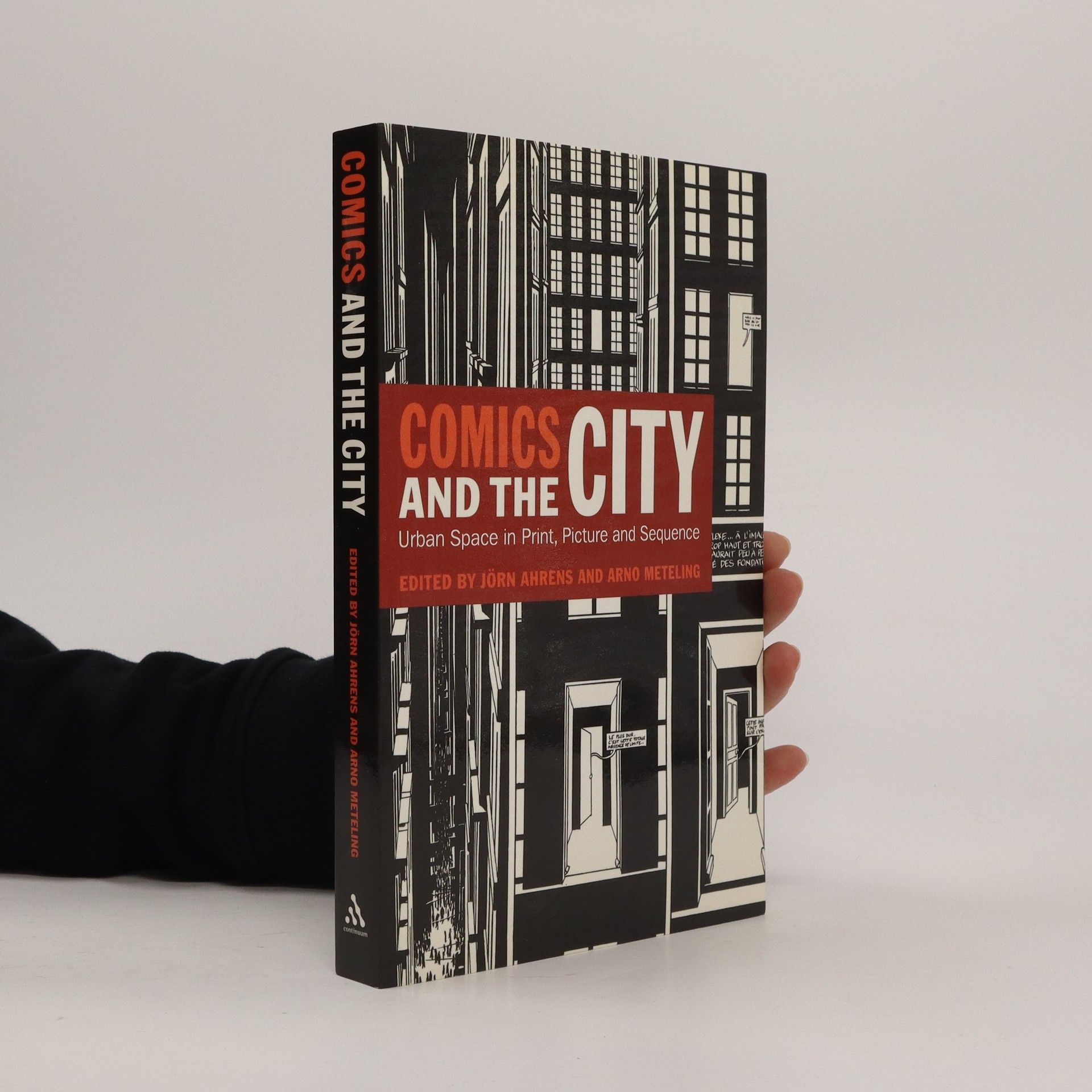Comics emerged parallel to, and in several ways intertwined with, the development of modern urban mass societies at the turn of the 20th century. On the one hand, urban topoi, self-portrayals, forms of urban cultural memories, and variant readings of the city (strolling, advertising, architecture, detective stories, mass phenomena, street life, etc.) are all incorporated into comics. On the other hand, comics have unique abilities to capture urban space and city life because of their hybrid nature, consisting of words, pictures, and sequences. These formal aspects of comics are also to be found within the cityscape itself: one can see the influence of comic book aesthetics all around us today.With chapters on the very earliest comic strips, and on artists as diverse as Alan Moore, Carl Barks, Will Eisner and Jacques Tardi, Comics and the City is an important new collection of international scholarship that will help to define the field for many years to come.
Arno Meteling Knihy
